From time to time, our technical centre specialists are alerted to the premature failure of a guide pulley included in the Gates PowerGrip and Powergrip plus waterpump kits K015479XS and KP15479XS, which suit several 1.4, 1.5 and 1.6-litre gasoline Kia and Hyundai engines. This article will help you avoid such premature failure in these specific cases, while also serving to illustrate the general importance of observing the correct relative positioning of the elements of the tensioning mechanism, and the correct sequence and tightening torque of the fixing bolts.
Damage to the guide pulley
In most of the cases that came to our attention, the guide pulley bearing had failed, causing belt damage, loss of synchronization and subsequent damage to the timing mechanism components. As you can see in the photos below, the pulley completely disassembled in the process, with the inner ring detaching from the outer ring, among other things.
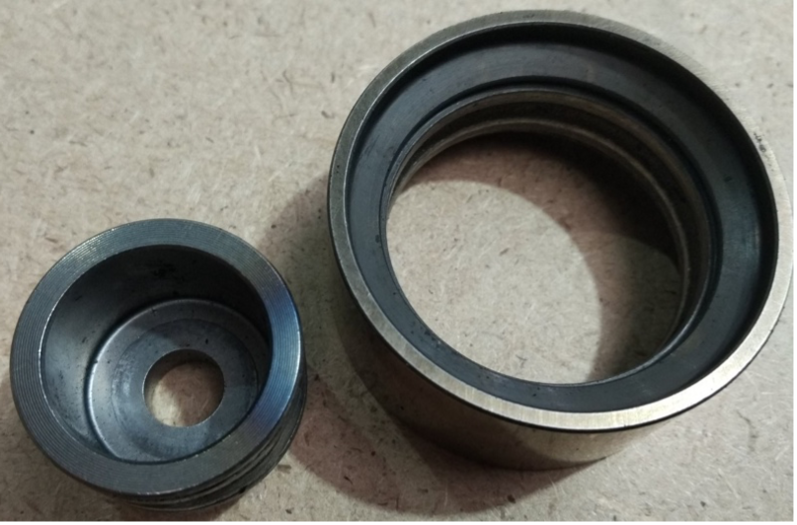
Image 1: damaged pulley
Yet, on closer inspection, the true cause of damage became apparent. In all of the cases, there were traces of overheating of the guide roller (image 2 below), scuffs on the back surface of the belt along its entire length (image 3 below), as well as typical scuffs on the working surface of the tensioner pulley (image 4 below).
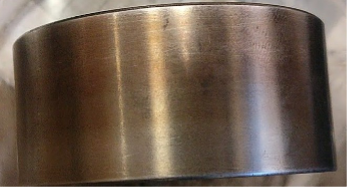
Image 2: discoloration on the guide pulley surface due to overheating
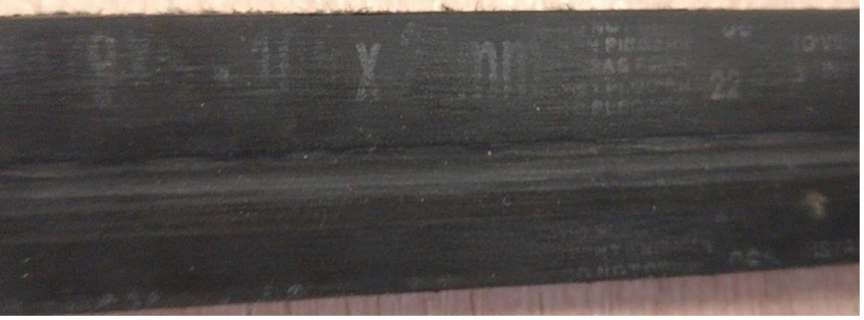
Image 3: damage on the back of the belt
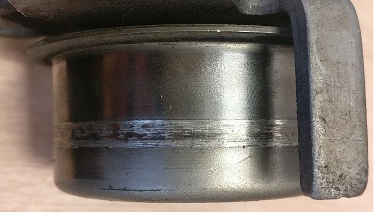
Image 4: scuff marks on the tensioner pulley
Spring resting on tensioner pulley
The important thing to point out here is that the initial belt tension during installation is provided by the force of a spring (not included in the kits), which rests with one end on the engine structural element, and with the other end on a special lug of the tensioner bracket.
After tension adjustment and after securing the tensioner with two bolts, it remains fixed, and the spring is not actually involved in the operation of the drive. Spring replacement is not prescribed by the car manufacturer if there is no visible damage. Yet this part has been in the same position for four or five years on end, and tends to lose its correct characteristics as a result of that. Therefore, the spring should be replaced, even though OE does not prescribe it.
Moreover, pay attention to fixing the bolts. If you do not fix them, the spring might jump over the lip, which causes the spring to rest directly on the pulley after the installation procedure – rather than on the tensioner lug. This obviously means it will rub against the pulley during engine operation.
This generates serious friction, causing mechanical damage to the pulley, as well as generating an enormous amount of heat. The heat transferred to the belt makes the guide pulley heat up, causing the bearing to overheat and the lubricant to leak out. This, in turn, results in even more heat generation on the bearing, with overloading and destruction as a consequence.
Pay attention to the entire drive
This particular case alerts us to the importance of observing the correct position of the spring (as shown in image 5 below, it should not rest on the pulley), but there are more general lessons to be learned, too.
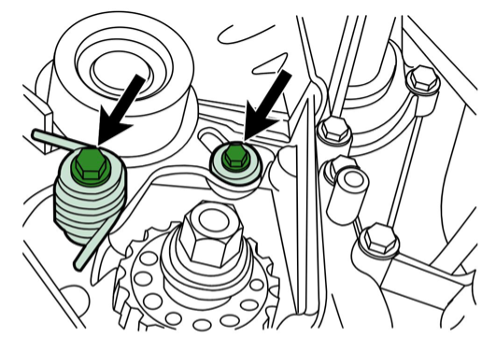
Image 5: the correct position of the spring
In any replacement or installation situation, it is of the utmost importance to observe the correct relative positioning of the elements of the tensioning mechanism, as well as to observe the correct sequence and tightening torque of the fixing bolts (as prescribed in the digital installation instructions).
In addition, this case illustrates that, during diagnostics, it is crucial not only to pay attention to the single element of the drive with visible damage, but instead to monitor the condition of the entire system and each individual element.